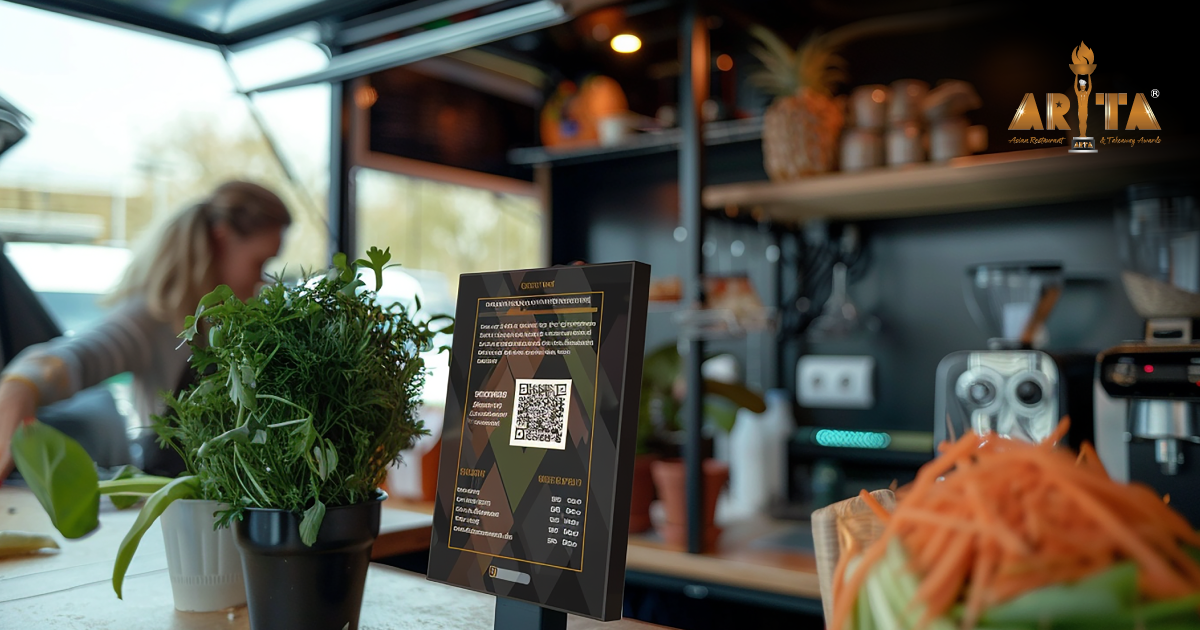Even a few years ago, running a successful restaurant was easy, with good food, a nice interior, as well as some expert chefs and staff. But things have changed a lot since the pandemic in 2020. Thanks to technological advancement, most restaurants are making revolutionary changes to run their businesses successfully.
In recent years, technology has been the driving force behind the transformation of the restaurant industry, improving both customer service and kitchen display systems. Here are some technological innovations that are taking the restaurant business to a whole new level.
EPoS Systems
EPoS Systems introduces advanced technology designed to streamline restaurant management. Its secure live server integrates key functions such as customer databases, daily PoS operations, online orders, and timely sales reports. This all-in-one solution allows you to manage everything with ease and efficiency.
With just a few touches, you can access crucial information, perform essential tasks, and keep your restaurant running smoothly. You can experience the convenience and reliability of EPoS Systems and take your restaurant management to the next level.
Online Ordering
In today’s fast-paced world, technology has made online ordering a part of our daily routines. Many restaurants now offer delivery or takeaway services, making it easier than ever to enjoy your favourite meals at home.
If you look into the restaurants’ profiles, which have won prestigious awards like the Asian Restaurant & Takeaway Awards (ARTA), you will see they provide incredible services both dine-in and takeaway.
For restaurants that have yet to adopt online ordering, various platforms like ChefOnline step in to bridge the gap. This seamless process has simplified ordering, significantly increasing sales through delivery or takeaway services.
Data Analytics
Data analytics software is a powerful tool for restaurants, helping them make better decisions by analysing both structured and unstructured data. This software identifies trends and patterns, allowing restaurant owners to understand customer behaviour and preferences.
With these insights, they can tailor their offerings to meet customer tastes more effectively. Additionally, dashboards provide a clear view of industry trends and can predict future sales, making restaurant management more efficient and strategic.
Automated Inventory Management
An Inventory Management System in the restaurant industry is a vital tool, acting like a dashboard that tracks the flow of ingredients. When ingredient levels drop too low, the system alerts the staff to reorder. Conversely, if inventory starts piling up, it signals low sales, prompting action to prevent waste.
Automated inventory management software has transformed the restaurant industry by addressing all inventory-related challenges. Studies show that 70% of food items are wasted before they reach the customer’s plate. With effective inventory management, restaurants can now significantly reduce food waste and cut down on costs, making operations more efficient and sustainable.
Self-Ordering Tablets-Kiosks
One of the latest innovations in the restaurant industry is the self-ordering tablet kiosk. These kiosks allow customers to browse the menu, explore deals, and easily customise their orders.
By using the tablet kiosks, customers can order without waiting in line to speak with staff, streamlining the entire process. This not only enhances their dining experience but also increases convenience and satisfaction. As a result, customers are more likely to return to the restaurant, enjoying the seamless and efficient service provided by these automated systems.
Artificial Intelligence
Artificial intelligence (AI) is transforming the restaurant industry, greatly enhancing the customer experience. AI enables live order tracking, allowing customers to see real-time updates on their orders. This technology not only reduces labour costs but also streamlines time-consuming processes.
Integrating AI into self-service kiosks brings additional benefits. These kiosks can recognise customer voices, estimate their age, and suggest personalised offers based on their preferences. This personalisation improves customer satisfaction and builds loyalty.
AI also aids restaurant owners in forecasting inventory and demand, ensuring they stock the right amount of inventory. This capability is crucial for effective customer relationship management and helps set optimal product prices.
Table Booking
The online table reservation system has significantly enhanced the dining experience at restaurants. Customers can now book a table from the comfort of their homes, eliminating the need to wait at the restaurant. This convenience makes dining out more appealing and encourages more people to visit. By reducing wait times and streamlining the reservation process, you can ensure a smooth and enjoyable experience for your guests.
This innovation improves customer satisfaction and boosts the number of patrons choosing to dine at your place, contributing to the overall success of the restaurant.
QR Codes
A QR Code is a type of barcode that stores information such as locations, websites, prices, and other data. This information can be easily accessed using a QR code scanner or a camera with QR code capabilities.
In the restaurant industry, QR codes have become a game-changer. Diners can quickly scan a QR code to view the restaurant’s menu, making the dining experience faster and more convenient. Additionally, QR codes help overcome language barriers by allowing the scanned menu to be translated into different languages. This innovation significantly enhances the overall customer experience in restaurants.
Final Thoughts
The pandemic has driven the restaurant industry into a new era of innovation, transforming operations and customer experiences. Technological advancements like EPoS systems, online ordering, AI, data analytics, etc. have revolutionised how restaurants operate.
These innovations enhance efficiency and convenience and significantly improve customer satisfaction and loyalty. As the industry continues to evolve, embracing these technologies will be crucial for restaurants to thrive in a competitive landscape, ensuring a seamless and enriched dining experience for all patrons.





